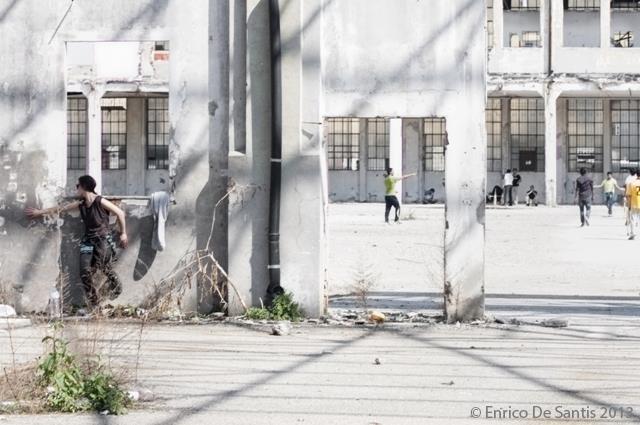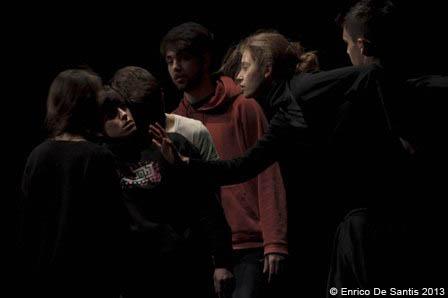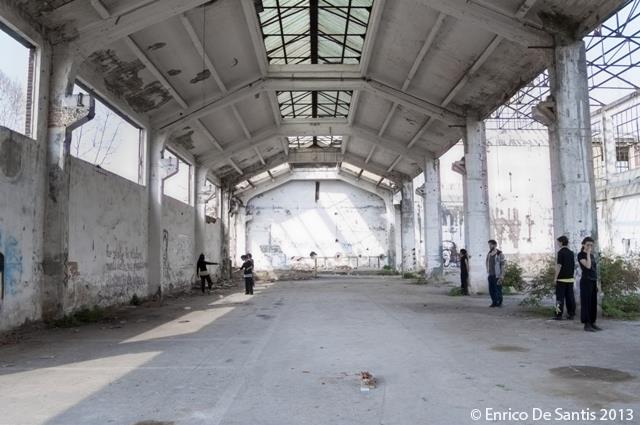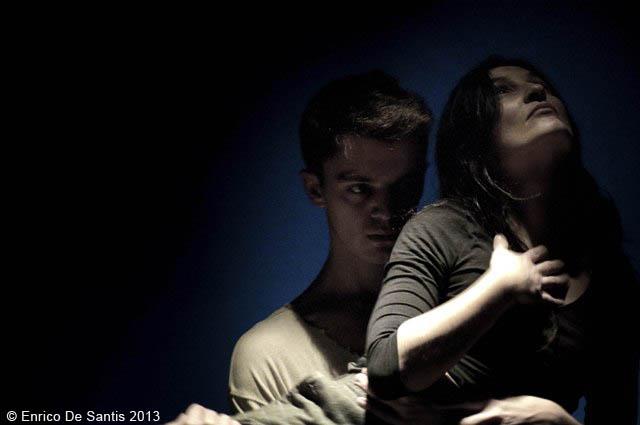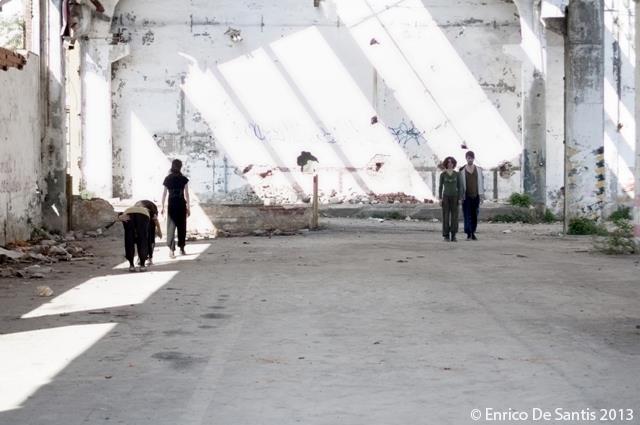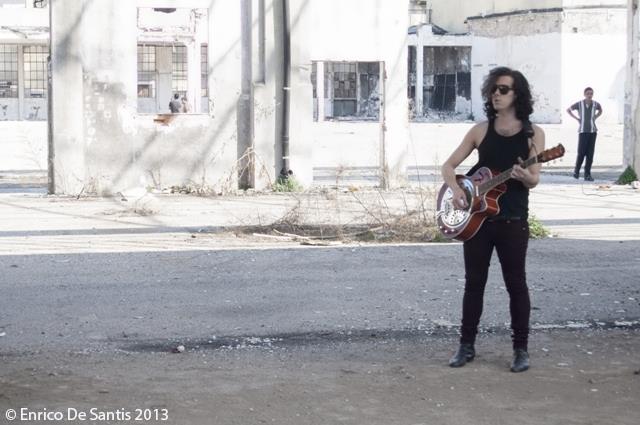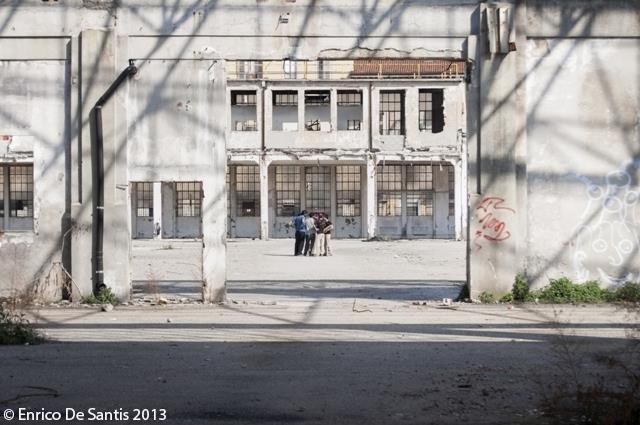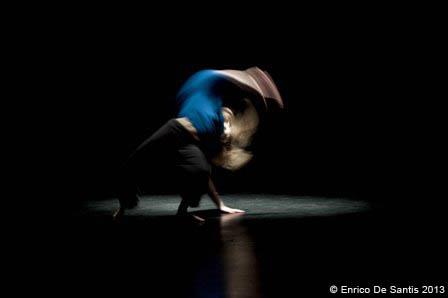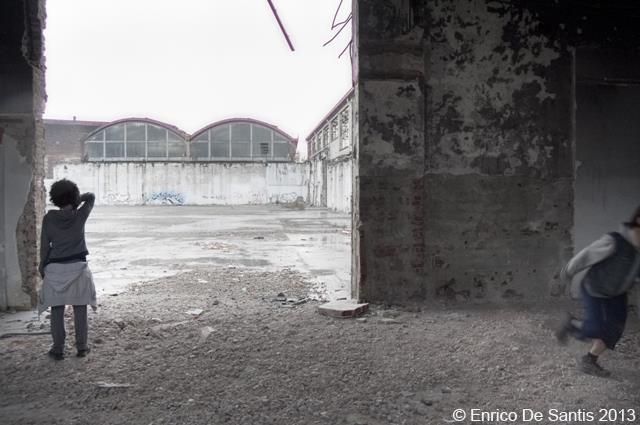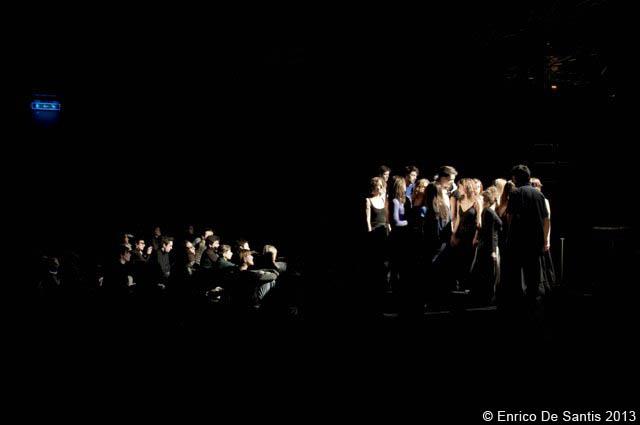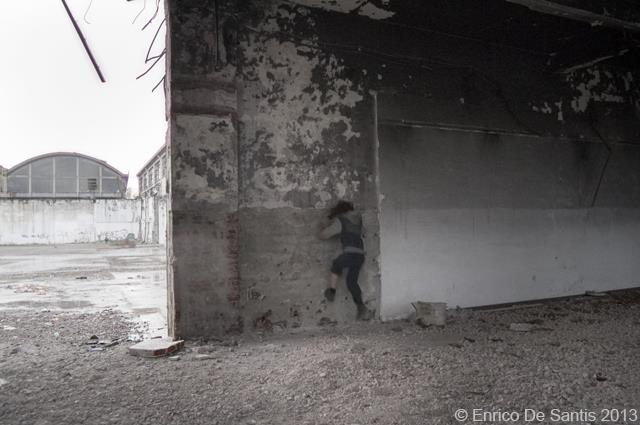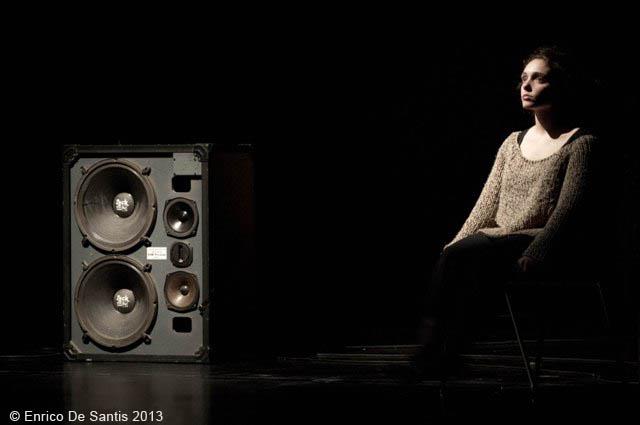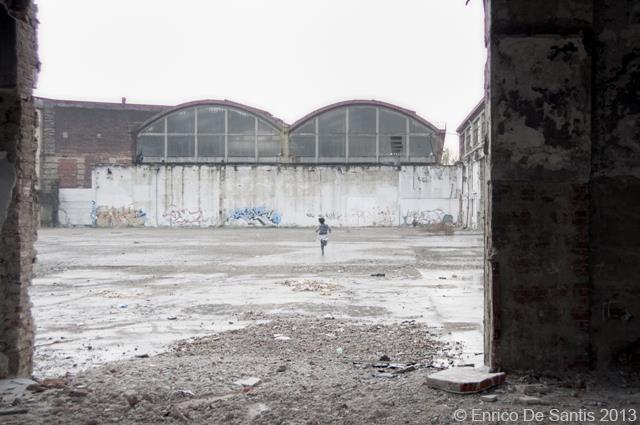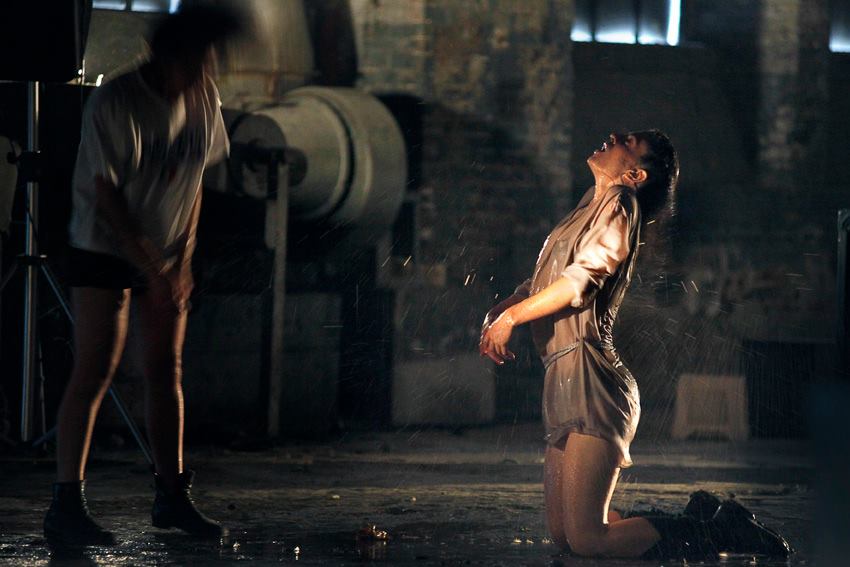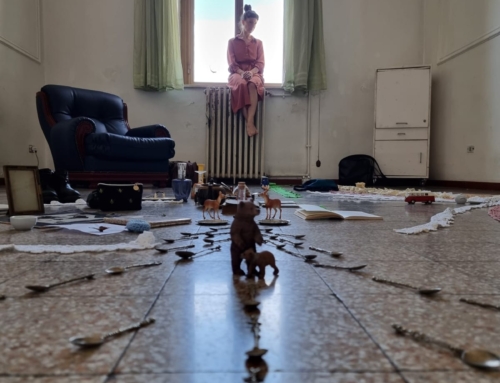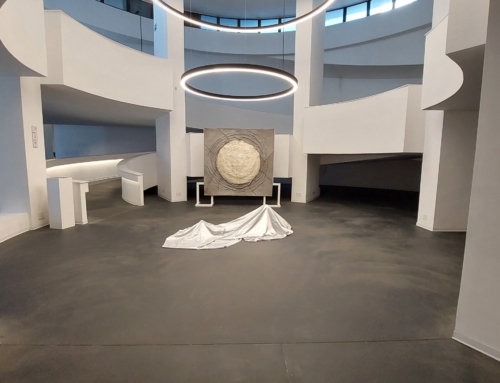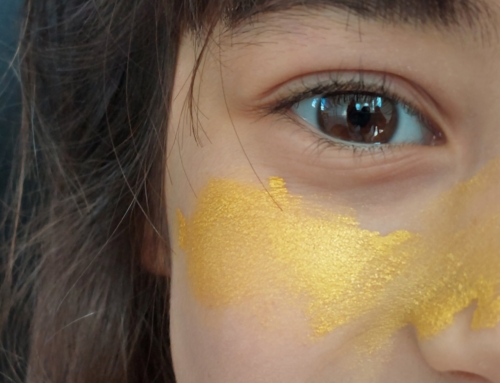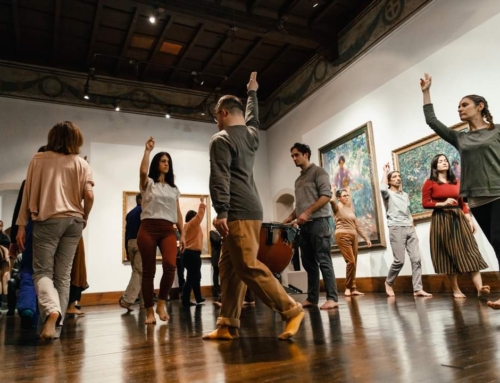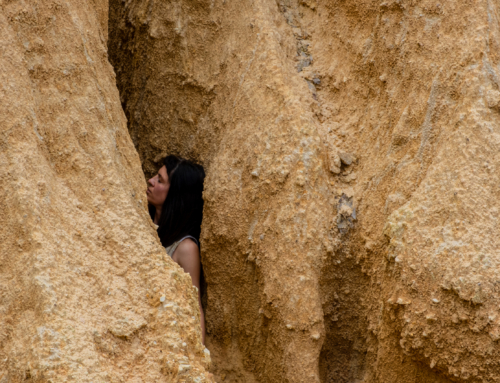WE USED TO BE LOVERS
This work explores the boundaries between a radical choreographic investigation of gesture and movement, the study of the body in the landscape (urban and non-urban), non-narrative dramaturgy, and the spatialization of sound.
This work addresses the urgent need to explore the relationship between bodies: bodies in and with space, and bodies and sound. Bodies are seen as potential systems for generating meaning and the language used to find possibilities for communication within this relationship. There is a need to delve deeper into the study of the relationship between semiotics, aesthetics, sensuality, and the body in space, sound, and light.
The project begins with a physical training based on the principles of experiential anatomy, complemented by an elaborate sound research that ranges from field recording (sampling sounds “stolen” from the environment and everyday life) to Italian singer-songwriters (Tenco, Ciampi, Modugno), up to the real-time manipulation of tracks and melodies. All this is supported by a careful study of light which, inspired by Roland Barthes’ “Camera Lucida,” aims to “reveal the image” through the action of light sources, transformed into true co-protagonists on stage.
This “revelation” is not only practical and performative but also symbolic and emotional, like the gradual revealing oneself to the gaze of another. Central is, in fact, the concept of relationship, evoked by the title and declined – following the literary suggestions of Perec (“A Man Asleep”), Berger (“From A to X”), and Roland Barthes (“A Lover’s Discourse”) – in all its forms: physical, spatial, psychological, and symbolic.
Dancers, actors, light designers, and musicians, therefore, move and interact (with each other and with the audience) outlining on stage that dialectic of full and empty spaces which is, ultimately, the way each of us relates to oneself, to others, to space, to the world.
REALIZATION AND APPROACH
The group of performers engages with the architectural space (urban, extra-urban or interior) through the study of gesture, the root of movement, and a choreographic action in relation to light and sound. Around them, located at selected points in the space, sound generators (modified analog devices) are identified, following careful research, which intertwine with specific software for sound spatialization, images, and actions, generating further connections of meaning. The group engages with the space, with the perspective of possibly engaging with those who inhabit the place, through individual and choral actions. These actions, structured through careful training articulated in relation to the host architecture, propose themselves as choreological flows that connect the group, the audience, the surrounding space, the elements that inhabit it, and the soundscape. The project finds its full completion in a sharpening of the spectator’s sensitive and emotional perception, their attention to all the normally more overlooked details. It is a tension towards visual and sound detail, a disposition to enter in a totally subjective way through a shared time-rhythm, a listening and a vision that are not only physical but also 1 and perhaps above all emotional. This type of “feeling” constitutes, in our idea, the meeting point between event and spectator. The latter, through a voluntary act of perception that undermines the quotidian, truly becomes an integral part of the event and restores its poetry, a brief fragment that reveals itself in the ordinary.
Project and dramaturgy: Francesca Cola
Image research: Enrico De Santis/Francesca Cola
Performer: Giorgio Bevilacqua, Giulia Ceolin, Tommaso Serratore, Davide Tagliavini, Vanessa Michielon, Monica Pirrone, Ilaria Quaglia, Luana Bruno, Clara Crescini, Antonella Giancipoli
Sound composition and installation: Davide Tomat, Gabriele Ottino, Francesca Cola
Light designer: Meccano Mutated Materials
Production: Superbudda Studio
Research support: Officine Caos Torino
Video:
Link foto:
https://www.facebook.com/progetto.bifronte.9
nella sezione foto-album “We Used To Be Lovers“
Contatti:
oppure tel. +39 3491620701
